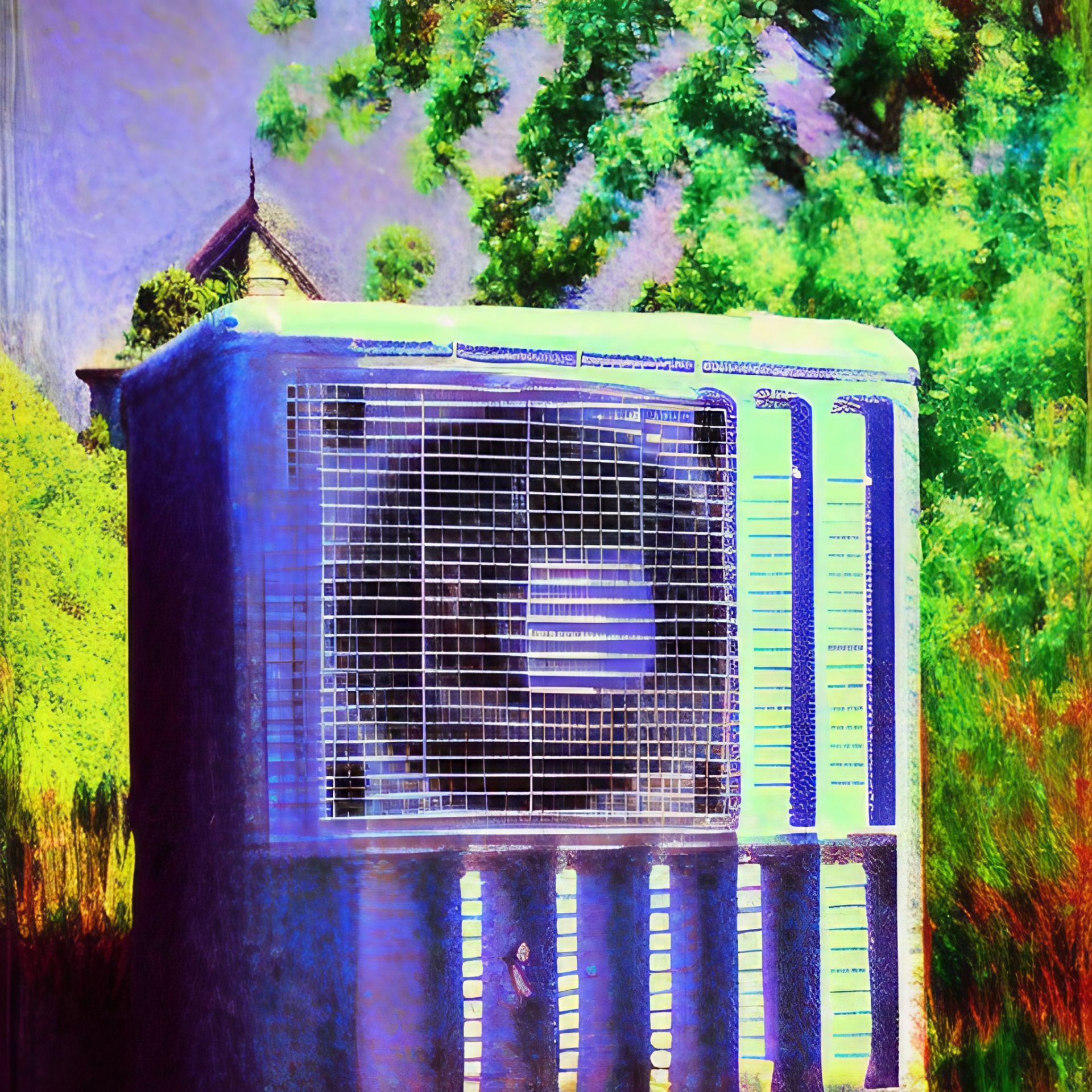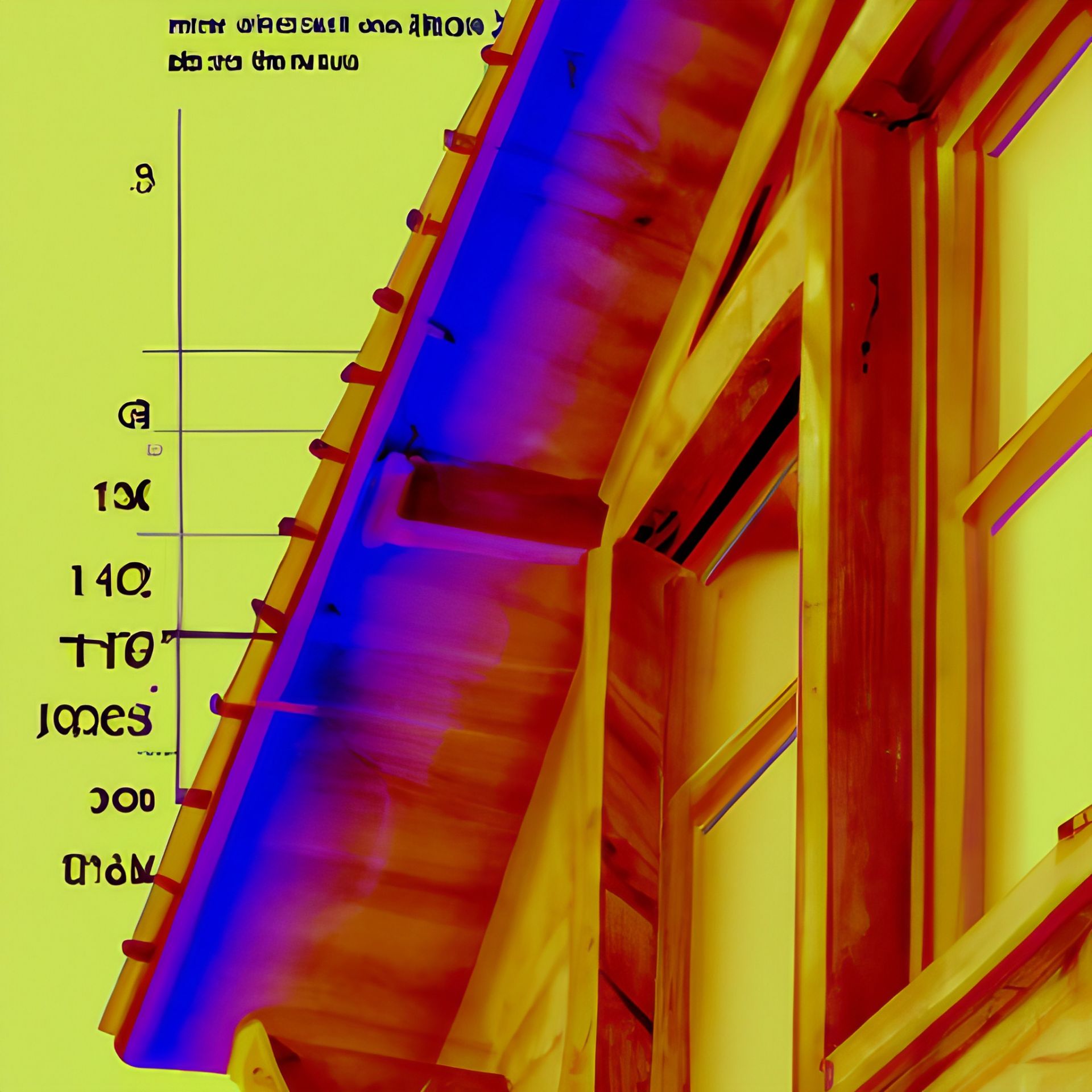The Importance of Completing a Manual S Calculation When Conducting a Manual J Calculation
This is a subtitle for your new post
The Importance of Completing a Manual S Calculation When Conducting a Manual J Calculation
In the world of heating and cooling systems, proper sizing is essential to ensure that the system operates efficiently and effectively. HVAC professionals use Manual J and Manual S calculations to determine the appropriate system size. The Manual J calculation determines the heating and cooling load of a home, while the Manual S calculation selects the right HVAC equipment to meet that load. This article will discuss the importance of completing a Manual S calculation when conducting a Manual J calculation.
Firstly, the Manual S calculation ensures that the HVAC system is sized correctly based on the results of the Manual J calculation. This calculation considers the type of equipment, the system's airflow requirements, and the size of the ductwork. As a result, the Manual S calculation can help select an appropriately sized system that operates efficiently, maintains a comfortable temperature, and reduces energy bills.
Secondly, an appropriately sized HVAC system will perform better than an oversized or undersized system. Oversized systems will frequently turn on and off, leading to temperature fluctuations, wasting energy, and reducing comfort. Undersized systems, on the other hand, will struggle to meet the home's heating or cooling load, leading to increased energy bills and reduced comfort. Therefore, completing a Manual S calculation ensures that the HVAC system is appropriately sized to avoid these issues, ensuring a comfortable home environment.
Lastly, building codes require HVAC systems to meet specific sizing requirements. Completing a Manual S calculation is necessary to ensure that the system complies with these codes. Failing to meet these requirements could lead to fines or a requirement to replace the system, which could lead to additional costs and inconvenience. Thus, homeowners must ensure that both Manual J and Manual S calculations are completed when installing or replacing an HVAC system.
In conclusion, completing a Manual S calculation when conducting a Manual J calculation is essential for proper system sizing, improved system performance, and compliance with building codes. HVAC professionals use both calculations to ensure that the HVAC system is appropriately sized and selected to meet the home's heating and cooling load, ensuring comfort, reducing energy bills, and complying with codes. Therefore, homeowners should ensure that both Manual J and Manual S calculations are completed when installing or replacing an HVAC system.









